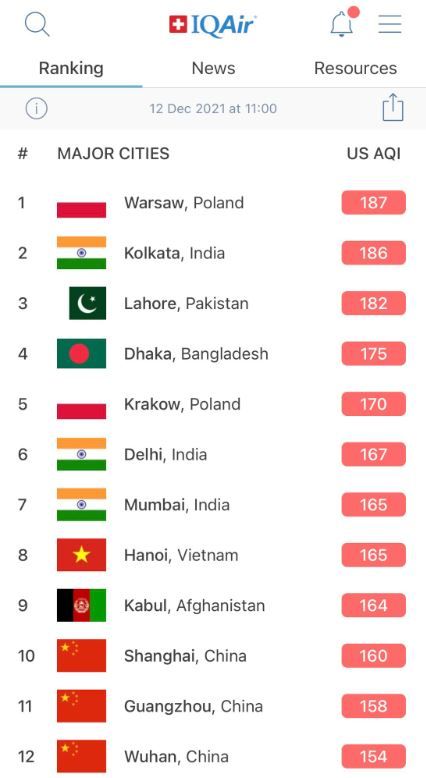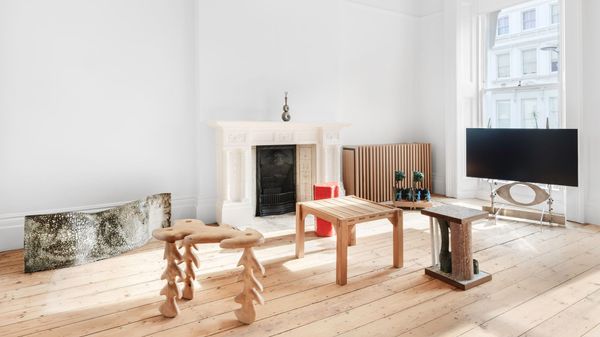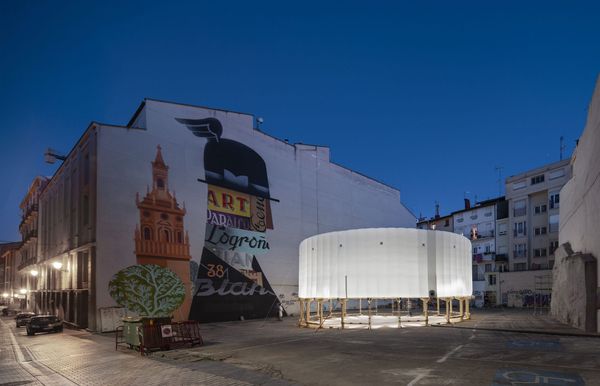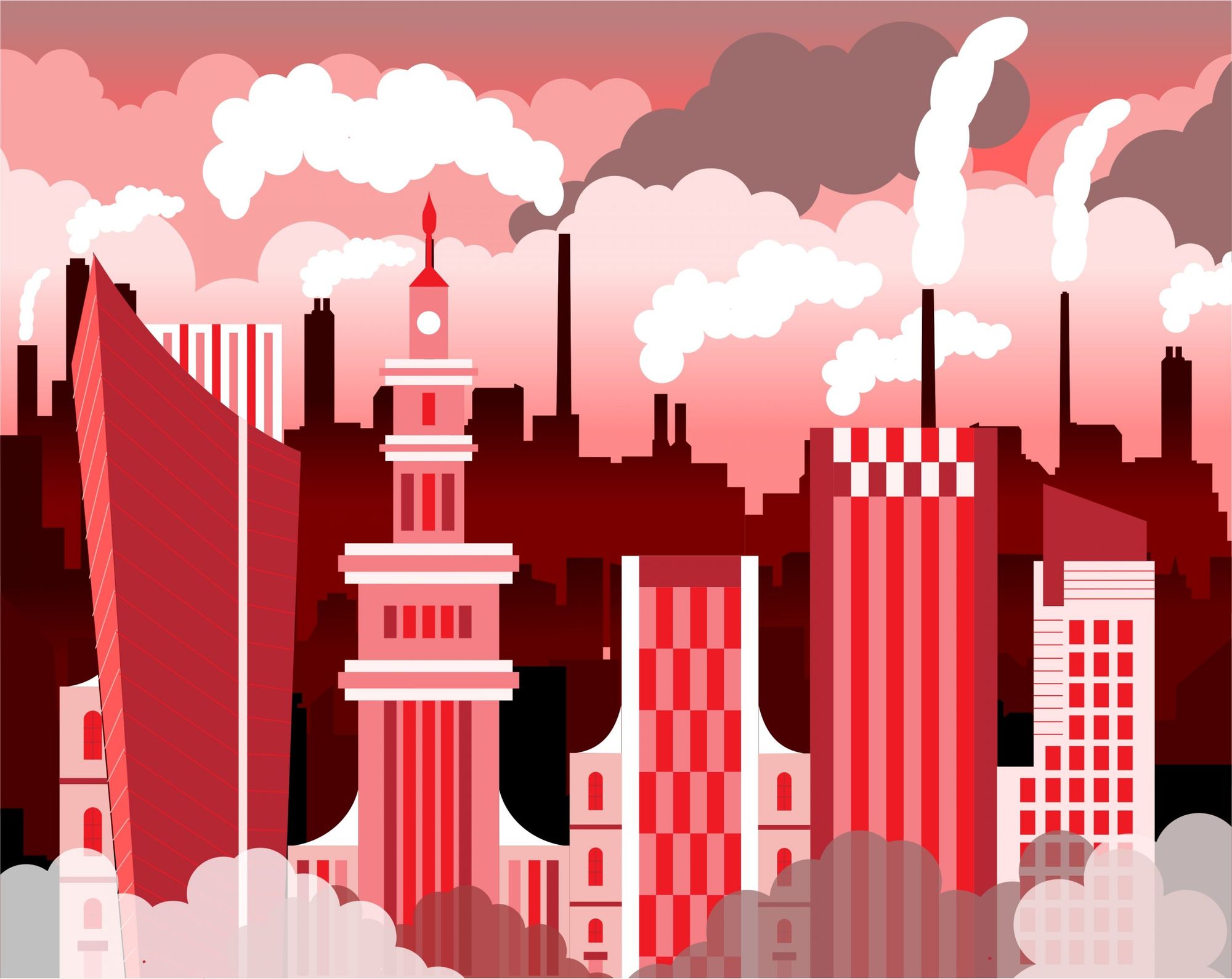In Poland, 70 percent of electricity is generated by coal, and most residential heating systems are also coal or wood-fired. Following Kraków, Warsaw has recently introduced a coal ban that can save thousands of lives.
Warsaw bans coal burning from October 2023. Yes, you have read correctly: 2023, and not 1973. This headline is in the news in 2022, not the 1970s when Ikarus buses and enormous concrete blocks of flats dominated the Polish capital’s cityscape under an extremely polluted dark grey air blanketing the city due to the unsustainable, dreadful heating systems.
The situation may seem surreal at first, but it is a sad reality. Poland has the most polluted air in Europe. When I lived in the Polish capital, I heard the urban legend that breathing for one winter day in Warsaw is as harmful as smoking one pack of cigarettes. And the official data cannot rebut this completely. Spending one year in Warsaw is akin to smoking 1000 cigarettes a year, and in Kraków, the plight is even worse; living in the second largest Polish city is equivalent to smoking 4000 cigarettes annually. In New York City, for instance, this figure is just 275. According to a WHO report from 2018, 36 of the 50 most polluted cities in the European Union are Polish. Shocking statistics.

Therefore, the authorities decided to ban residential heating with coal from October 2023, one of the leading causes of catastrophic air pollution. In the region surrounding the capital, the ban will come into force in 2028, which should make Warsaw’s air quality significantly better by the end of the decade. But Warsaw is not the first Polish city to ban coal burning. Kraków was the first to implement it in 2019, and the results are visible; the air quality in one of the country’s most polluted cities significantly improved. However, the improvement is limited as in the surrounding suburbs, which are independent of Kraków, it is still legal to heat homes with coal. The regulations in Warsaw will not be as strict as in Kraków since wood heating will still be allowed. Nonetheless, installing coal and wood-fired heating systems in new homes will be banned. And a financial support scheme will be opened for the replacement of the obsolete, polluting heating systems.
The devastating figures mean the deaths of tens of thousands. According to the European Environment Agency (EEA), poor air quality in Poland is directly responsible for approximately 47.000 deaths each year. And the statistics of EEA do not include those getting sick from polluted air. Many of the patients require hospital treatments for long-term illnesses, and the people with chronic health conditions place an enormous burden on the healthcare system, meaning a huge additional public expenditure. Not to mention the impact on personal lives, mental health, and society in general. 379.000 people die each year in the EU due to poor air quality; 8% of them are Polish. Only Germany and Italy are ahead of Poland in the number of deaths, but these Member States have significantly higher populations.

In the summer of 2021, I was welcomed by the Deputy Mayor of Świnoujście, one of the most beautiful seaside resorts on the Polish coast and home of the Polish LNG terminal. He told us during the study visit that he was born in Katowice, in the Upper Silesian Coal Basin. He worked for decades as a chief engineer at a thermal power station, but once he struggled to breathe at night and soon, he started to regularly suffer from shortness of breath due to the poor air quality. He took his physicians’ advice and moved to the coast from Silesia, where he can normally breathe again. But not everyone can afford this step. The life expectancy in Silesia is much lower than in the northern, less polluted, and urbanized part of the country. There is high standard medical care in Silesia, but if you already have chronic conditions, this will hardly make you satisfied with the region.
These facts above are obviously interconnected. Coal accounts for almost 40% of the Polish energy mix and in the electronics sector for 70%. The heating sector could simply not work without the black sedimentary rock, even though coal-fired heating systems are obsolete in terms of energetics and technology. The transition goes very slowly. The Polish Ministry of Climate and Environment is preparing a nationwide ban, but even the most optimistic estimations suggest that the ban will not come into force until 2030 in cities and 2040 in rural areas.
According to the European Environment Agency’s 2020 report, Poland has the most polluted air in the EU. The pandemic lockdowns did not help much as residential heating and car use increased during this period resulting in only minimal improvement in air quality. Nonetheless, the coal era is over; coal mines must be shut by 2049 to meet the European Union’s climate targets.
Besides the EU, there is pressure on the Polish government also from the society, with civil society initiatives increasingly acting against the appalling air quality. The most famous movement is the Polish Smog Alert (PSA), a group of activists fighting to improve air quality in Poland. PSA was born from a smaller, local grassroots initiative of citizens called Kraków Smog Alert in 2013. They were so successful in mobilizing people for a better life quality that the municipality has introduced the 2019 ban on coal and wood-burning. Since then, the social movement has become active countrywide, with activists in every major city and many small towns, raising awareness that severe air pollution can be measured in human lives, or at least in years of life lost.
The recent ban in Warsaw is another milestone in the fight for improving air quality. Poland will have significantly cleaner air within a decade, the process is not fast, but eventually, it will result in a substantial improvement in the quality of life of Polish citizens.

The urban oasis of holistic (beauty) care | Urban Tiger

Pyton Place exhibition shows how Bauhaus influenced Norwegian design










